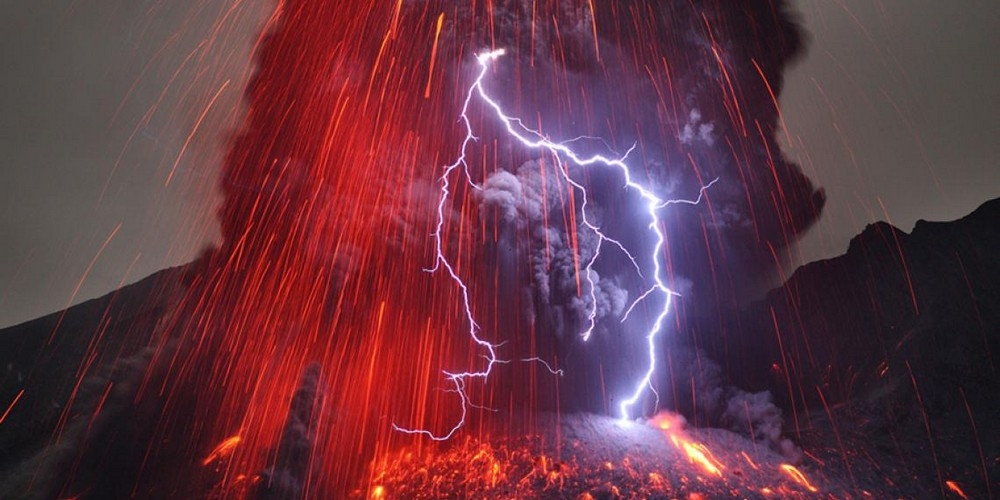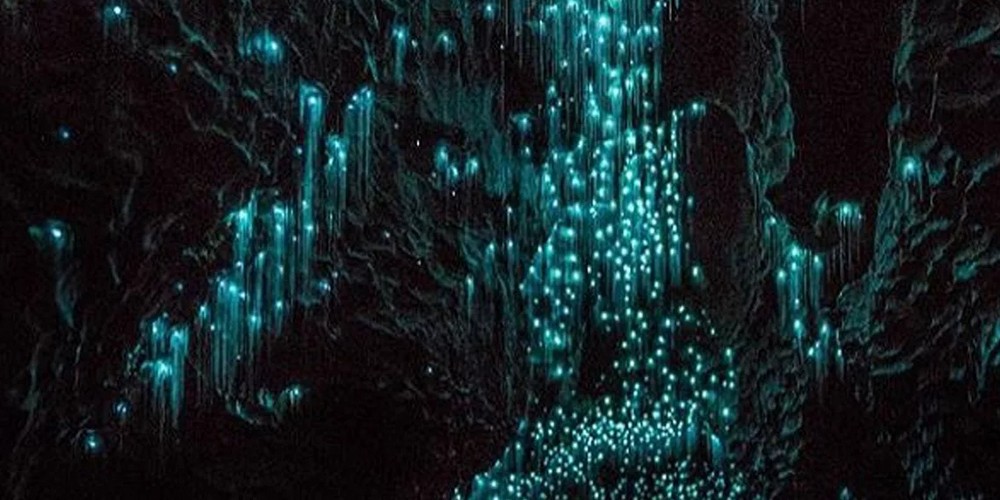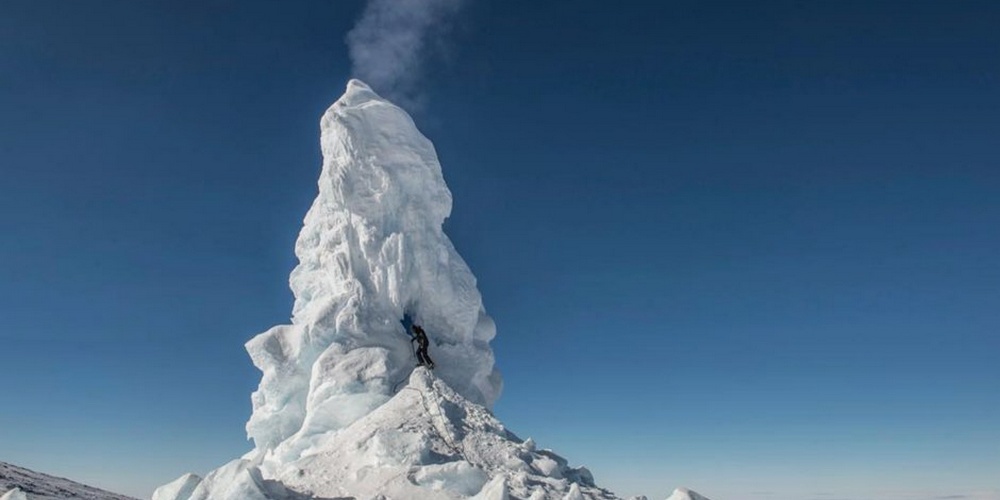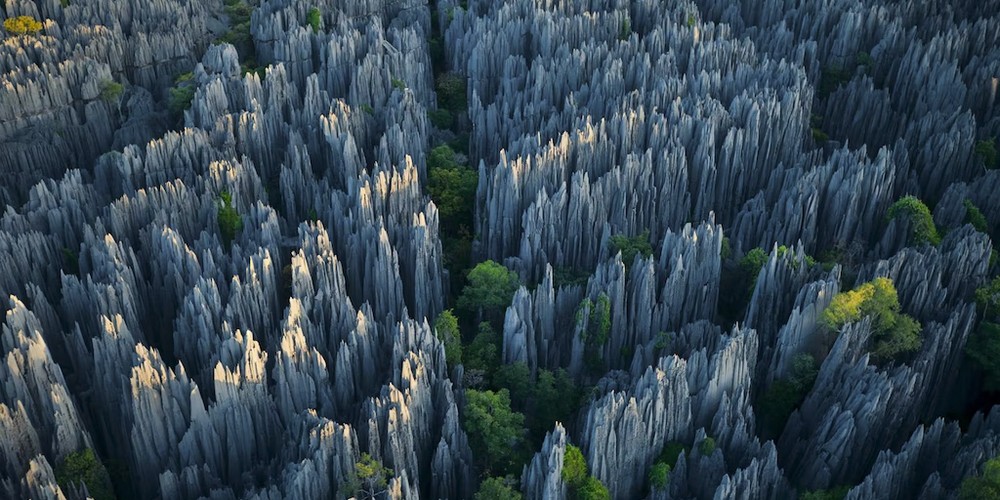Glowworm caves, New Zealand
Even small and slimy worms are a natural phenomenon—especially glowworms and their caves. Most of these caves are in New Zealand and Australia, and there is also a famous one in Alabama. The Waitomo Caves in New Zealand are the most well-known, having formed more than 30 million years ago. The science behind the glowworm caves is fascinating. They technically aren’t “glowing worms.” See thousands of these tiny creatures as they radiate their unmistakable luminescent light in an underground world.
Known as one of New Zealand’s best natural attractions, take a boat ride through the glow worm cave, marvel at thousands of magical glowworms and become part of over 130 years of cultural and natural history.
Snow Chimneys, Antarctica
Snow chimneys (fumaroles) on Mount Erebus, Antarctica, the southernmost active volcano on Earth. Mt. Erebus is notable for its numerous ice fumaroles, or snow chimneys, which are ice towers that form around the gases that escape from vents on the surface.
Gas and heat seeping through the side of the volcano melt the snowpack above, carving out a cave. Steam escaping from the cave freezes as soon as it hits the air, building chimneys as high as 60 feet.
Forest of Knives, Madagascar
The Tsingy de Bemaraha is also known as the Forest of Knives. The word Tsingys is indigenous to the Malagasy language and, in English, loosely translates to “where one cannot walk barefoot.” And if you’re wondering what these knives are, they are limestone formations.
The formation of these unusual rocks began some 200 million years ago when layers of calcite accumulated at the bottom of a Jurassic lagoon, forming a thick limestone bed. Later, tectonic activity elevated the limestone, and as sea levels fell during the Pleistocene ice ages, even more of the limestone was exposed.
Light Pillars, Canada
Light pillars are colorful beams of light that shine down from the sky, typically during sunrise. They are sometimes also referred to as solar pillars or sun pillars. Light pillars occur in colder climates when light reflects off of ice crystals in the air.
The weather conditions need to be perfect for ice crystals to form and be suspended in the air. This would happen in freezing weather where there is no wind. Light pillars have been spotted in countries like Finland, America, and Canada.




